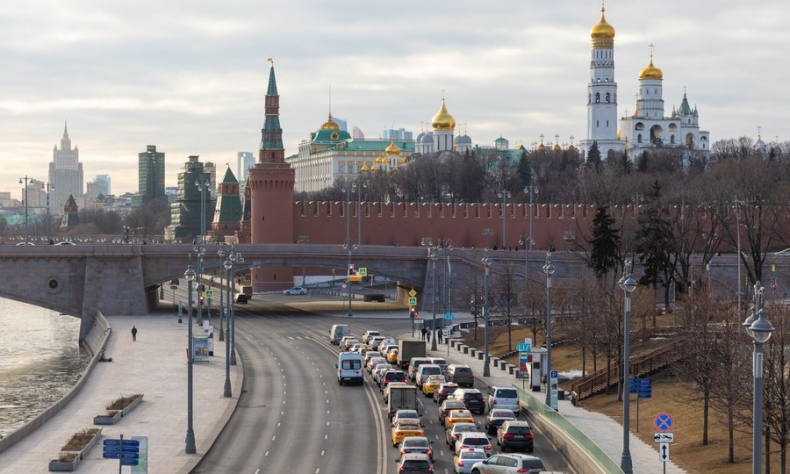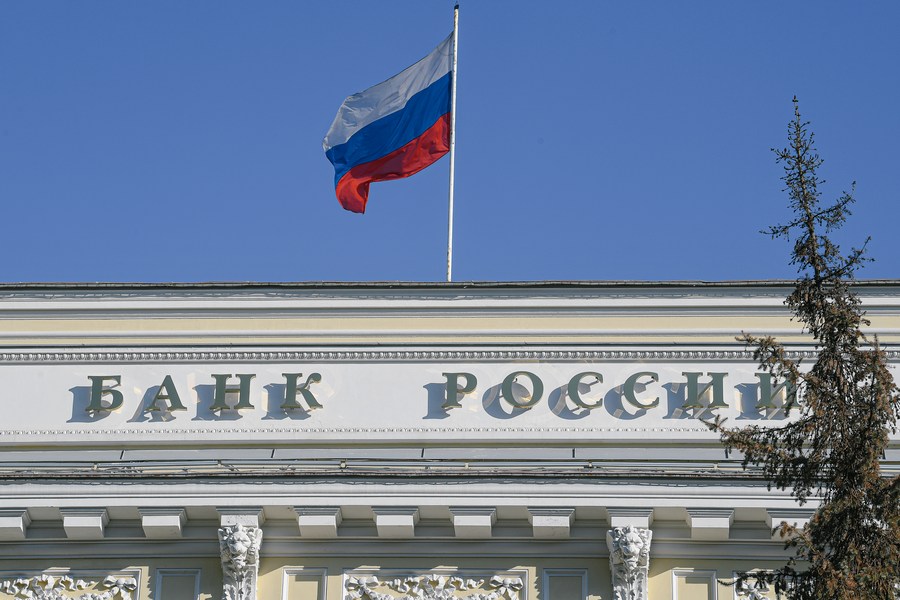Sanction Blowback

As the conflict passes its 80th day, it seems clear that Russia and the EU are locked in an economic war of attrition. A war that appears to be one the Russians have made considerably more preparations for.
Since the start of Russia’s special military operation in Ukraine, the collective West has unleashed a massive raft of economic sanctions. These were designed, as Joe Biden said, “to make the ruble rubble” and destroy the Russian economy. So much so that Russian Foreign Minister Sergei Lavrov declared at the Council on Foreign and Defence Policy on May 14 that the West was waging a “total hybrid war against Russia.”
The impact of these 6,400 economic sanctions, including the seizure of $300 billion in foreign reserves, was felt immediately in Russia as prices soared and the value of the ruble dropped precipitously. The economic war launched by the EU/NATO-zone and the U.S. was designed, as one U.S. official let slip, to cripple Russia and lead to regime change and presumably the Balkanization of Russia.
However, deft economic countermeasures by Russia stabilized the economy and stemmed the bleeding. The ruble recovered its value as Russia used the seizure of its central bank assets to demand rubles in return for energy exports; a ruble now increasingly linked to Russia’s gold reserves.
The speed and scope of the sanctions imposed imply the fact that these measures have been in the pipeline for at least a year, as Professor Michael Hudson, President of the Institute for the Study of Long-Term Economic Trends, points out: “European trade and investment prior to the [conflict] promised rising mutual prosperity between NATO countries vis-à-vis Russia and China.”

According to Hudson, Russia was providing abundant energy at a competitive price, and this was set to massively increase with Nord Stream 2—the new pipeline under construction between Russia and Germany. Europe planned to pay for this by exporting more industrial goods and capital investment to Russia. All this is now dead as bilateral trade and investment will remain stopped for many years, given the loss of trust created by the confiscation of Russia’s foreign reserves. Instead, NATO countries will spend billions building the port capacity needed to purchase U.S. liquid natural gas—something unlikely to happen until 2024 at the earliest. The ensuing energy shortage will significantly raise global energy prices. German business leaders are already warning German manufacturing may never recover.
Another shocking development is the way the current crisis is being used to facilitate an extraordinary power grab by the European Commission under President Ursula von der Leyen and German Chancellor Olaf Scholtz, pushing the limits of EU power by trying to dictate energy policy to EU member states; imposing an EU embargo on Russian oil that would be economic suicide for countries like Hungary; and proposing the creation of an EU army around a German core.
As the conflict passes its 80th day, it seems clear that Russia and the EU are locked in an economic war of attrition. A war that appears to be one the Russians have made considerably more preparations for. As this economic war grinds on, the prospect of sanctions blowback looms in the EU and UK. Russia has yet to respond in any significant way to sanctions but has made it clear it will not prioritize exports of commodities to unfriendly nations. Many see this as meaning Russia will only honor existing trade contracts with EU nations.
This is potentially a problem for European nations as Russia, Ukraine, Belarus and Kazakhstan are responsible for 40 percent of global wheat exports and, according to the Wall Street Journal, in terms of agricultural fertilizer, Russia was responsible for 18 percent of the potash fertilizer market in 2017; 20 percent of ammonia exports; and 15 percent of urea.
In order to counter the dangers posed by shortages of vital commodities like food, fertilizer and fuel, the European Commission is proposing broad price controls to protect consumers. However, someone will need to pick up the difference between the cost of imports and the cost to consumers. At present the only possible answer is to print more euros, which will fuel already surging inflation across Europe. But perhaps the greatest danger will come from a potential migrant crisis in Europe that could be triggered by excessive food prices and shortages in North Africa and the Middle East.
 Facebook
Facebook
 Twitter
Twitter
 Linkedin
Linkedin
 Google +
Google +










